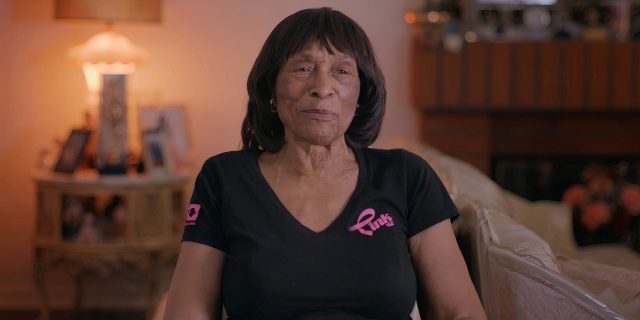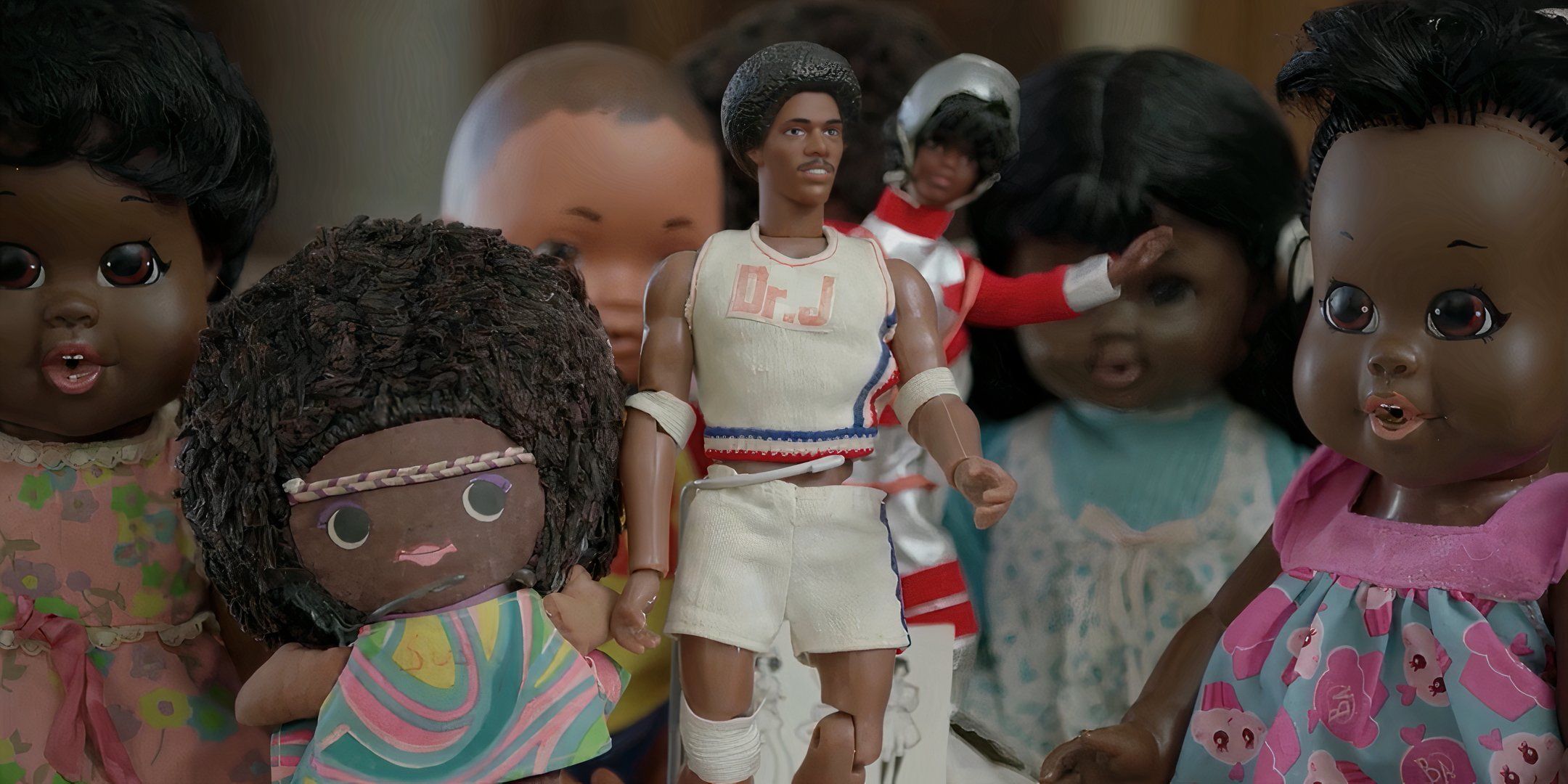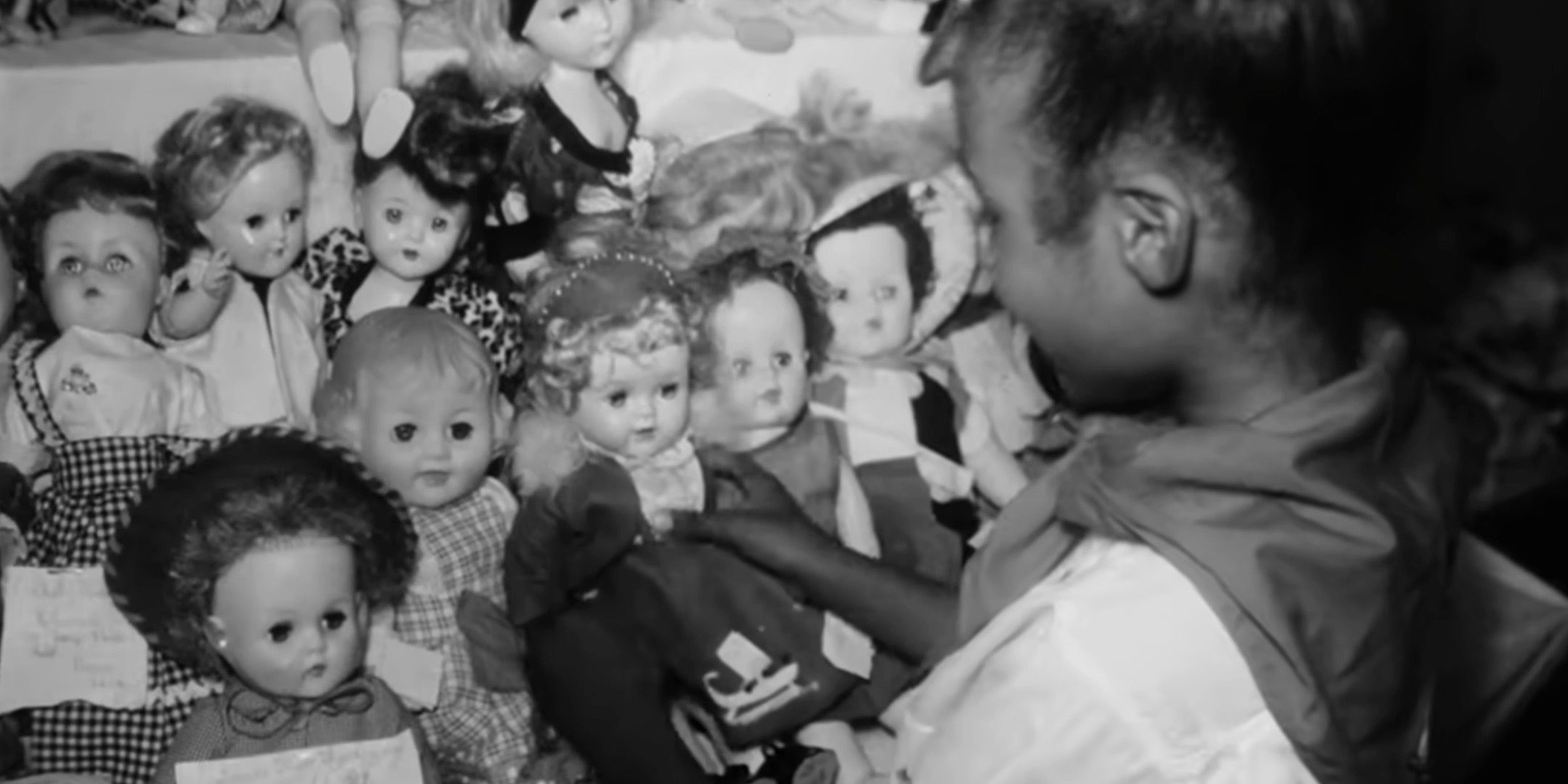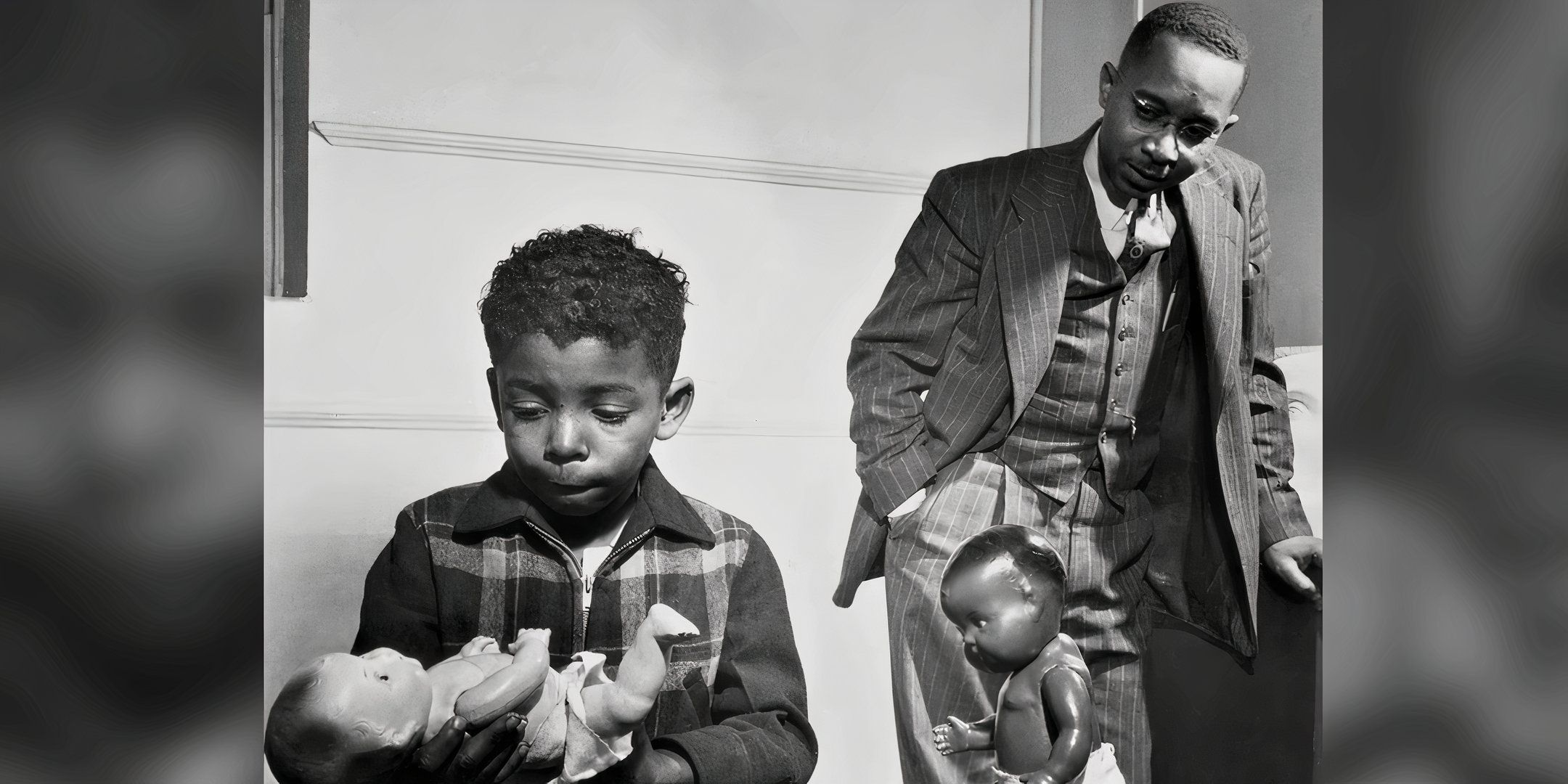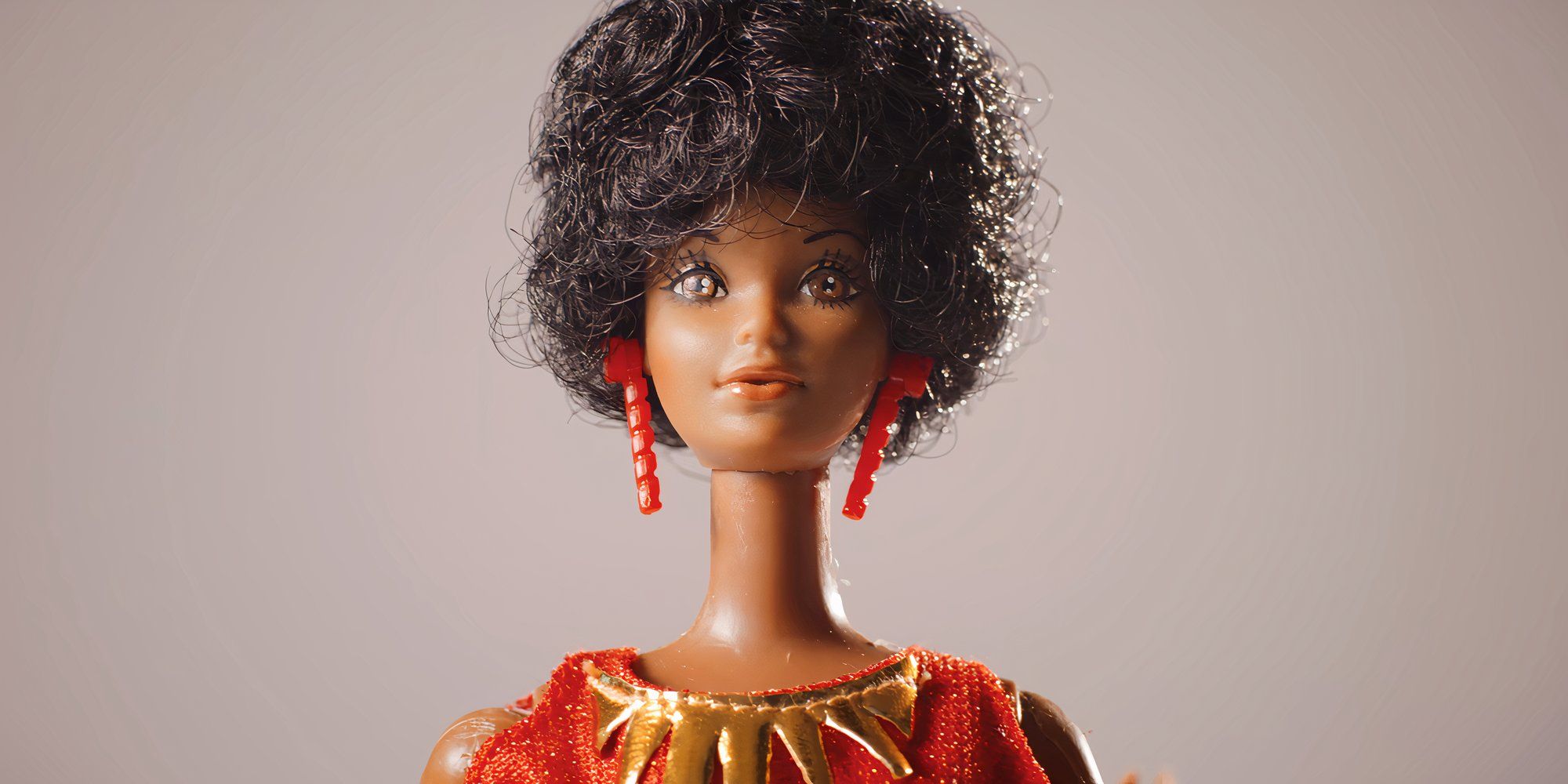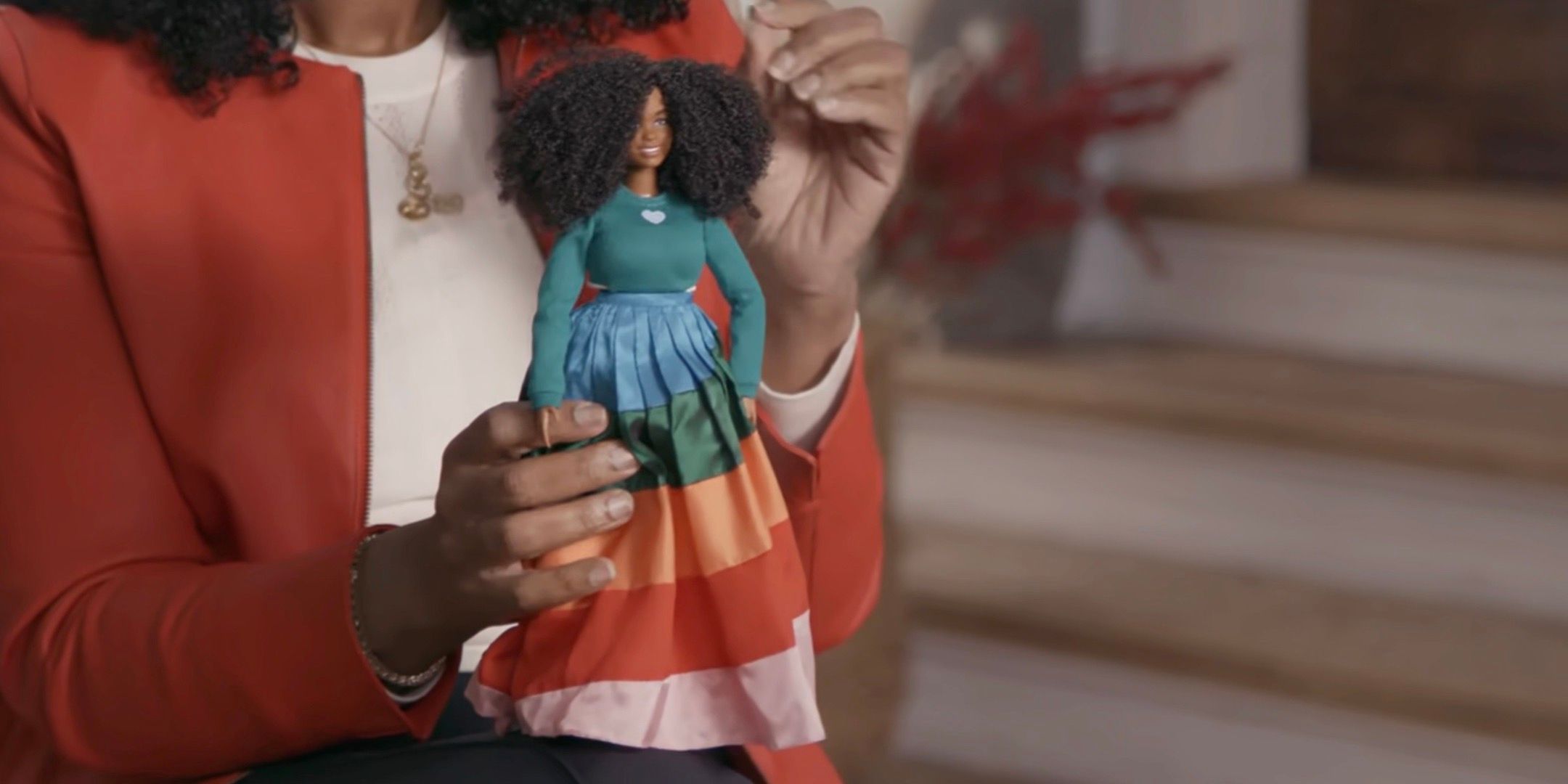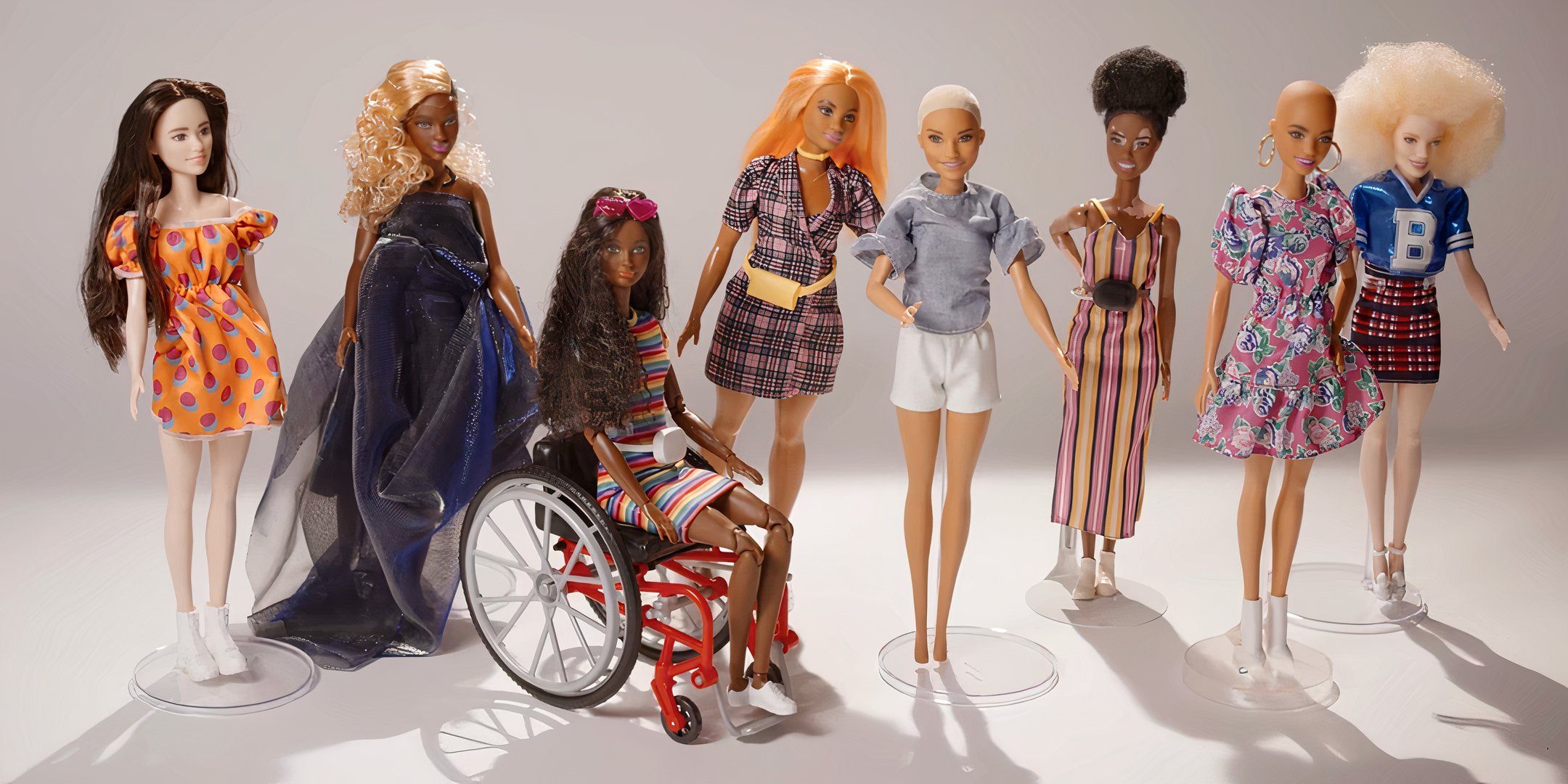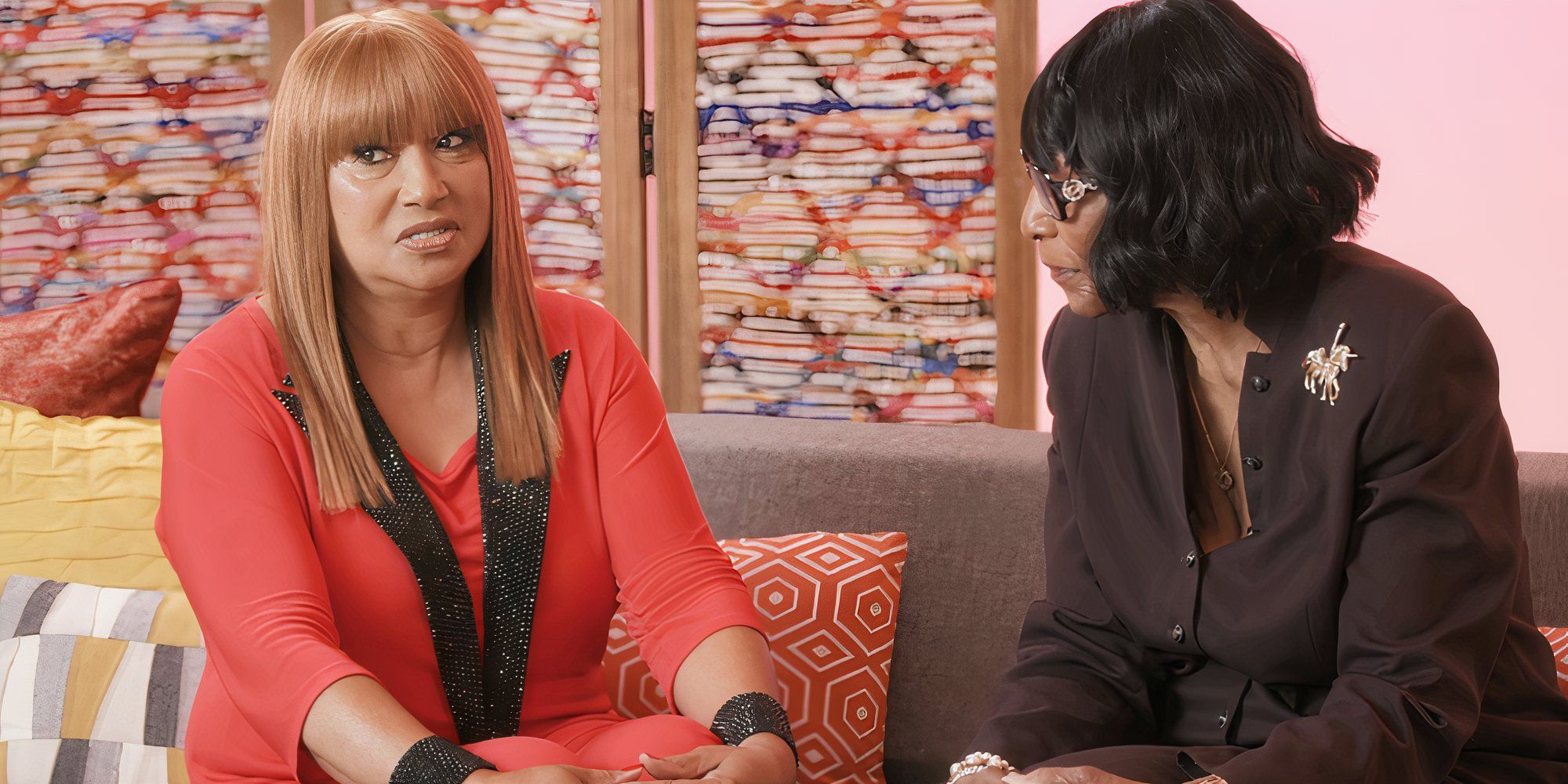Summary
- Black Barbie captures the importance of representation in dolls, reflecting on the history and impact of diverse toy lines today.
- Shindana Toys revolutionized the Black doll industry by creating accurate representations of diverse communities in response to societal needs.
- Black Barbie not only highlights the history of Black dolls but also emphasizes the continued need for diversity and inclusion in the toy industry.
Black Barbie: A Documentary shares some insightful information about the history of the groundbreaking doll and the people behind it. Directed and narrated by Lagueria Davis, Black Barbie acts as a tribute and a history lesson. Through three different stages of creating a Black Barbie doll, Davis and others discuss why representation matters today as much as it did in the toy line’s early days. For as long as Barbie’s been around, the doll’s career options that know no bounds have often been recognized as an inspiration to kids, particularly young girls.
However, it wasn’t until recent years that Mattel had a truly diverse toy line that represented a larger portion of society and Black Barbie highlights the ways this has been achieved thanks to the creation of a Black Barbie doll. Davis’ documentary begins with her aunt, Beulah Mae Mitchell, who worked as one of Mattel’s first Black employees, and continues to feature other key figures including Black Barbie’s designer, Kitty Black Perkins. Each conversation in Black Barbie emphasizes the importance of Black dolls and the documentary as a whole provides a large platform for a topic that isn’t always given the exposure it deserves.
Related
12 Most Valuable Barbie & Ken Dolls & How Much They’re Worth Today
Greta Gerwig’s movie has renewed public interest in Barbie and Ken collectibles, some of which are worth thousands of dollars and wear real diamonds.
8 The Idea Of Black Barbies Was Discussed With Ruth Handler
Working the assembly line, Beulah Mae Mitchell brought the idea to Ruth.
Beulah Mae Mitchell, the aunt of the documentary’s director, Lagueria Davis, is an important figure in the history of Mattel’s first Black Barbie doll. Mitchell began working at the toy company on the assembly line and in the documentary she recalls her friendship with the company’s founder and creator of the first Barbie doll, Ruth Handler. Mitchell details how Handler often asked the assembly line employees if they had suggestions as to what toys should be made next, leading Mitchell and others to offer the idea of a Black Barbie.
Although a Black doll with the name Barbie wasn’t created until two decades after Mitchell remembers the initial conversation, Black dolls from Mattel started to be released. As a small, but impactful step towards the desired representation, Black dolls named Francie and Christie were sold by Mattel. Unfortunately, the Black dolls part of the Barbie universe were sidelined as toys and, in the future, in animated movies and TV shows. The dolls were subjected to being Barbie’s best friend, but the suggestion made by Mitchell and other workers in the ’60s were some of the first steps toward a more diverse line of dolls.
7 Shindana Toys Made More Accurate Black Dolls
Dolls and figures from Shindana Toys had realistic Black features.
During the late ’60s, a new toy factory called Shindana Toys was opened up and began distributing various Black dolls for children. Mattel financially helped Shindana Toys get started and they eventually became an important company in the toy industry. Before Shindana Toys, many Black dolls, including those from Mattel, had the same physical features as white dolls, only with a darker skin tone, lacking true representation. Shindana Toys combated this issue by creating accurate dolls that represented a wide scope of Black communities, with differing hairstyles and facial features.
Shindana Toys began as a response to an issue that needed to be addressed in Southern parts of Los Angeles. The 1965 Watts rebellion led to increased poverty and unemployment in the area and two activists felt the need to implement change. Lou Smith and Robert Hall put together an organization called Operation Bootstrap, which encouraged different career opportunities for the local community (via PBS SoCal). Shindana Toys is one of the many companies that stemmed from Operation Bootstrap and operated from 1968 to 1983, shutting down as a result of larger toy companies following their model and creating diverse dolls themselves.
6 Dolls Representing Black Girls Weren’t Sold
As a result, dolls were made from pillows and quilts.
Walking down a toy aisle today, it’s rare to see only white dolls because diverse figures from Mattel and other toy companies have become the standard. However, that wasn’t always the case, as pointed out by Black Barbie. In the first chapter of the documentary, Davis interviews various Black women who reflect on their childhoods and the lack of Black dolls available for them to play with. Some children during this time would opt to play with white dolls, but others got creative.
Sewn dolls were required for parents and children who wanted a toy box full of dolls that represented them. Materials used for the dolls were typically pillows or quilts. The few Black dolls that were produced in mass numbers were likely Topsy-Turvy dolls, which consisted of a white woman on one side and a stereotyped Black woman on the other. In Black Barbie, Mitchell shared with Davis how she and her family would make dolls out of mason jars.
5 The Clark Doll Tests Had Influential Results
The results brought attention to the impact of racism on young children.
A limited number of Black dolls were widely sold before the ’60s and a few of these dolls were used in a famous doll test. Dr. Kenneth Clark and Dr. Mamie Clark conducted tests in which they placed identical dolls in front of young children and asked them questions about which one they preferred to play with (via The Gordon Parks Foundation). The only differentiating factor between the dolls was their skin color. Children assigned the negative attributes to the Black dolls and stated the white dolls were good ones.
The outcome showed the negative psychological impacts of segregation on young Black children who saw themselves as inferior because of their skin color. The results were used as evidence in cases such as Brown v. Board of Education, and in conversations surrounding representation such as the ones that take place in Black Barbie. Along with highlighting the influential women at Mattel, Davis and others were also sure to stress the significant role Black dolls, specifically Black Barbies, play in the social perceptions of young children.
4 The 21-Year Wait For A Black Barbie
The creation of a Black Barbie was monumental.
21 years after the first Barbie doll stepped onto the scene, a Black Barbie was finally created and released. Black Barbie points to the gravity of such a product despite the low marketing efforts compared to other Barbie dolls that had previously been launched. In 1980, Black Barbie, designed by Kitty Black Perkins, was put out by Mattel. Perkins put an immense amount of care and detail into her design, pulling from aspects of Black culture. Black Barbie’s facial features, hair length, and outfit differed from the many iterations of Barbie seen before. In addition to the representation Black Barbie carries in her physical features, her name is also a big deal.
Before Black Barbie, other Black dolls sold by Mattel had different names, but the name “Barbie” held a lot of significance. UCLA professor Patricia A. Turner is featured in Black Barbie and when talking about the value the Barbie name has, she referred to the role of the doll during playtime. Barbie is often portrayed as the heroine when children play and the other dolls act as side characters. Giving a Black doll the name Barbie allowed young children of color to feel valued and acknowledged.
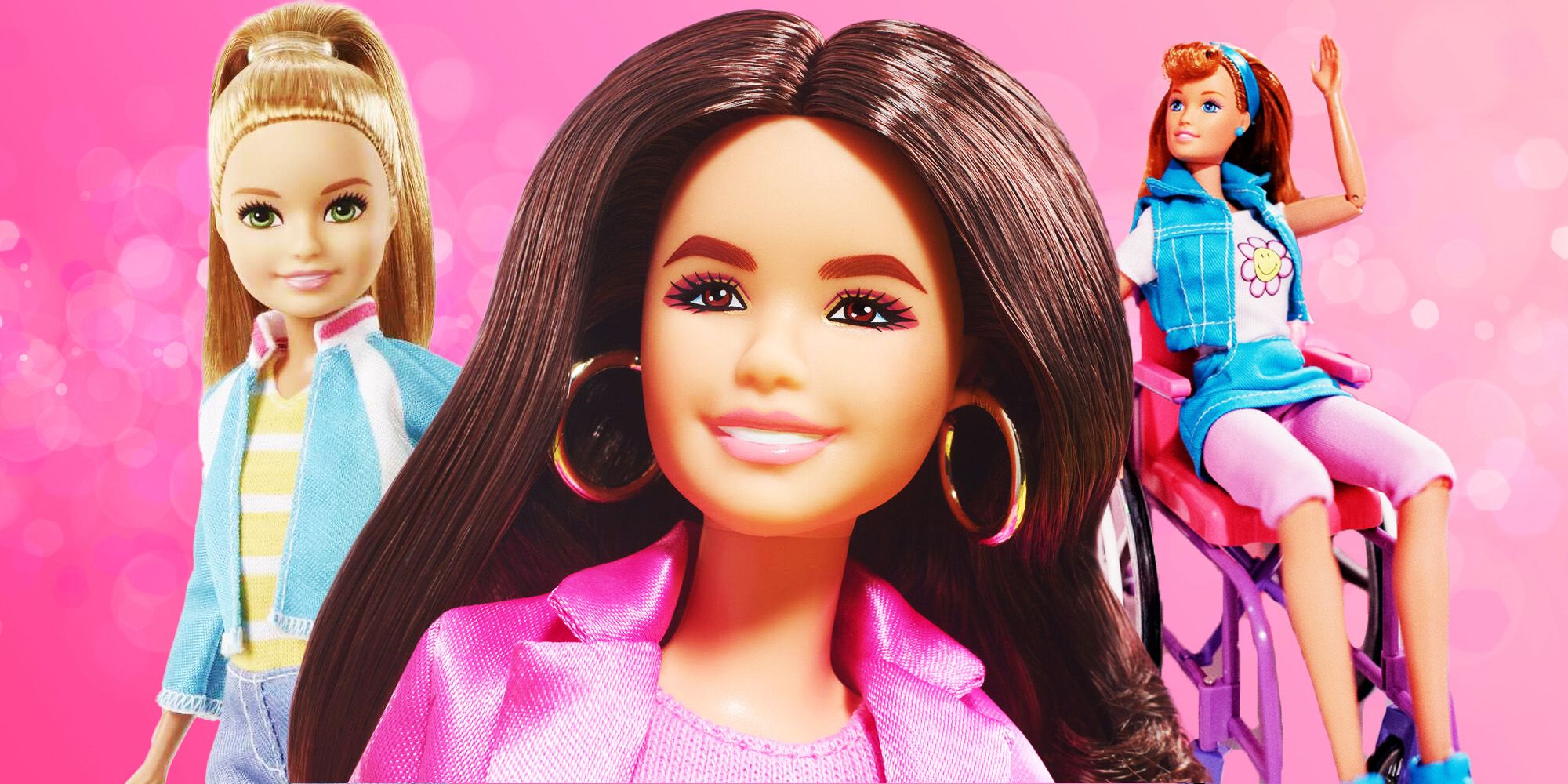
Related
10 Barbie & Ken Dolls We Really Want To See In Barbie 2
Barbie has been breaking records left and right and if a sequel ends up happening, there are 10 Barbie and Ken dolls that would be great to include.
3 Barbie Made Dolls Of Famous Black Women
It began in the late ’60s and continues today.
Black Barbie’s first outfit was meant to resemble something Diana Ross would wear. Although Black Barbie isn’t a specific Ross doll and is only inspired by the singer, many dolls from Mattel were made in the likeness of influential Black women. Before the invention of Black Barbie, a previous Black doll from Mattel, Julia, was inspired by the titular character of the 1968 sitcom starring Diahann Carroll. As the protagonist, Carroll gained attention as the first Black woman to star in a non-stereotypical leading role. The accomplishments of Carroll inspired many Black women, including famous TV screenwriter and producer, Shonda Rhimes.
Rhimes is featured in Black Barbie and her production company, Shondaland, is a producer. In the documentary, Rhimes talks to Davis about the creation process of her two Barbie dolls and how she was adamant about the body shape her dolls had, ensuring they looked just like her. Similar requests were made by Olympic fencer Ibtihaj Muhammad and ballerina Misty Copeland, who made sure their Barbies accurately depicted parts of their bodies, such as their legs and chests, respectively.
2 Black Characters In Barbie Are Still Put To The Side
A new doll test was put into effect with a more diverse selection.
The last chapter of Black Barbie examines the impact diverse dolls have on young children and part of this is through another doll test. Organized by Dr. Amirah Saafir, a professor of child and adolescent studies, the test saw children of color interacting with a more diverse group of Barbie dolls, unlike the Clark’s which only had a white doll and a Black doll. Yeshiva Davis, a therapist, asked the kids which doll in the lineup was the prettiest, looked the most like them, and which one was the “real” Barbie.
The results of the latter question showed that many kids still consider the blonde, white Barbie to be the representative face of the entire toy line. Without exact terminology surrounding hierarchy being used by the kids, their responses suggested that they were aware of the fact that the other Barbie dolls were created later and the white Barbie is still prioritized, especially in the numerous Barbie movies and TV shows. The Black dolls in the media act as side characters and mimic the exclusion that took place before Black Barbie was made.
1 There Are No Black Designers On Mattel’s Team
The company promotes inclusion and says Kitty is working on another doll.
Throughout Black Barbie, a few statements from Mattel were shared. The statements dealt with the current inclusion and diversity encouraged by the company. One of the updates shared at the end of the documentary was about an upcoming collector Barbie doll that’s set to be released in 2025. The design of the doll is a collaboration between Kitty Black Perkins and Bill Greening. The latter is the current principal designer for the Barbie brand at Mattel and his introduction in Black Barbie began the conversation surrounding Mattel’s current staff of designers.
Greening acknowledges that there are no Black designers on Mattel’s team but is hopeful another Black designer will come along and make a name for themselves just as Perkins and Stacey McBride-Irby did. Following Perkins, McBride-Irby was a designer at Mattel and created the 30th anniversary Black Barbie and a line of Black dolls known as So In Style (S.I.S.). The collection promoted community and mentorship as both a way to spread a positive message to young children and to guarantee that retailers wouldn’t refuse to sell them.

